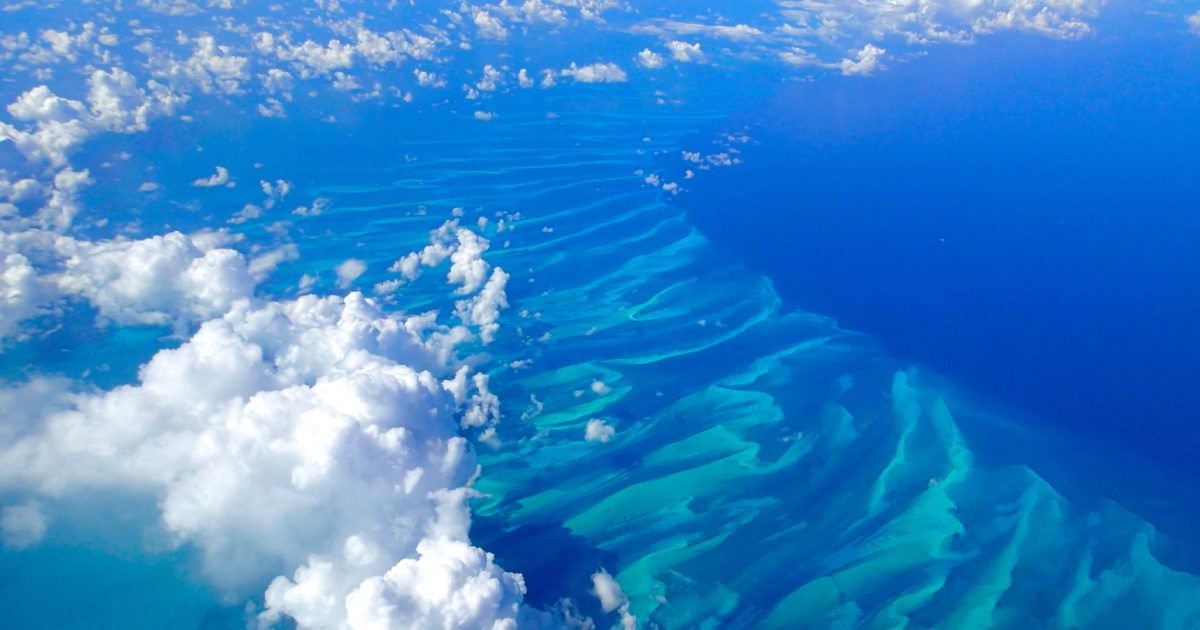The Union Budget for the fiscal year 2024-25, presented by Finance Minister Nirmala Sitharaman on February 1, heralds a pivotal moment in India’s economic trajectory with a pronounced focus on advancing the Blue Economy 2.0. Through a comprehensive scheme, the budget aims to rejuvenate coastal ecosystems and uplift communities reliant on maritime resources. This initiative underscores the government’s commitment to sustainable development, encapsulating diverse strategies such as restoration and adaptation measures, coastal aquaculture, and mariculture. By adopting a multi-sectoral approach, the budget endeavors to tackle the multifaceted challenges and harness the abundant opportunities inherent along India’s sprawling coastline. Such strategic investments not only promise to bolster livelihoods but also pave the way for environmentally resilient growth, aligning India’s economic ambitions with its commitment to conservation and equitable prosperity.
Positive Impacts on Coastal Communities
The announcement of this scheme heralds a beacon of hope for the 14 million individuals whose livelihoods hinge upon fisheries and allied activities dotting India’s extensive 7,500 km coastline. Amidst the looming specter of climate change, which poses a grave threat to these coastal communities, this initiative emerges as a lifeline, promising not only to sustain their means of living but also to empower them in adapting to the adverse impacts of environmental shifts. By investing in initiatives aimed at bolstering resilience, fostering sustainable practices, and providing avenues for skill development, the scheme stands poised to uplift these communities, fortifying their economic and social fabric. Moreover, through collaborative efforts involving local stakeholders, governmental agencies, and environmental organizations, it fosters a sense of collective responsibility towards safeguarding these coastal ecosystems for future generations, thereby fostering a sustainable and equitable future for all.
Concerns Over Potential Maladaptation
While the budget announcement has stirred optimism, there linger apprehensions regarding the possibility of maladaptation stemming from inadequately formulated adaptation strategies. Maladaptation, a concept delineated by the IPCC, pertains to alterations that unintentionally heighten susceptibility to climate pressures. The IPCC’s Sixth Assessment Report has sounded alarms about the escalating prevalence of maladaptation worldwide, emphasizing the imperative for meticulous deliberation and implementation of adaptation tactics. Given the intricate interplay between socio-economic dynamics and environmental factors, there exists a pressing necessity for policymakers to adopt a nuanced approach, one that integrates scientific insights with local knowledge and community input. By fostering transparency, accountability, and participatory decision-making processes, stakeholders can mitigate the risks of maladaptation, thereby steering towards more resilient and sustainable outcomes in the face of climate change uncertainties.
Evaluation of Past Adaptation Measures
An assessment of previous adaptation measures along India’s coastlines unveils a varied landscape of outcomes. While initiatives like village relocations and coastal protection structures have been initiated, their efficacy, notably in areas like Odisha, remains uncertain. Take, for instance, the utilization of geosynthetic tubes in Pentha village, which paradoxically intensified coastal erosion rather than abating it, underscoring the significance of deploying solutions grounded in empirical evidence and tailored to local contexts.
This highlights the critical need for adaptive management approaches that integrate scientific expertise with indigenous knowledge, accounting for the dynamic nature of coastal ecosystems and the diverse needs of communities. Emphasizing robust monitoring and evaluation frameworks can facilitate iterative learning and refinement of strategies over time, fostering resilience in the face of evolving environmental challenges. Furthermore, promoting participatory decision-making processes ensures that adaptation measures align with the priorities and aspirations of coastal residents, ultimately enhancing their effectiveness and promoting sustainable development along India’s coastline.
Embracing Effective Adaptation Strategies
In light of past shortcomings, the emphasis must shift towards implementing effective adaptation strategies. Initiatives such as the cultivation of indigenous seaweeds, deployment of artificial reefs, and stabilizing beach sand dunes offer promising avenues for both adaptation and mitigation. These approaches not only protect coastlines from erosion and extreme weather events but also provide sustainable livelihood opportunities for coastal communities.
Seaweed Cultivation: A Promising Endeavor
The budget’s focus on aquaculture, particularly the cultivation of indigenous seaweeds, has garnered significant attention. Scholars like Dinabandhu Sahoo advocate for the scientific cultivation of select seaweed species along India’s coastlines to address environmental concerns and promote economic sustainability. Drawing from successful experiments in cultivating species like Gracilaria verrucosa and Enteromorpha intestinalis in Odisha’s Chilika lake, there is optimism regarding the potential of seaweed cultivation to mitigate climate impacts while generating valuable resources for various industries.
Conclusion
The Union Budget’s initiative to bolster Blue Economy 2.0 presents a ray of hope for coastal communities. However, it is crucial to heed the lessons from past experiences and prioritize the adoption of effective adaptation strategies. With climate change posing ever-increasing challenges, ensuring sustainable and resilient coastal development demands careful consideration and proactive measures. By integrating evidence-based practices, community engagement, and adaptive management approaches, we can navigate the complexities of coastal ecosystems and safeguard the livelihoods of millions while fostering environmental sustainability. Only through such concerted efforts can we pave the way for a future where coastal communities thrive amidst the changing tides of climate change.

